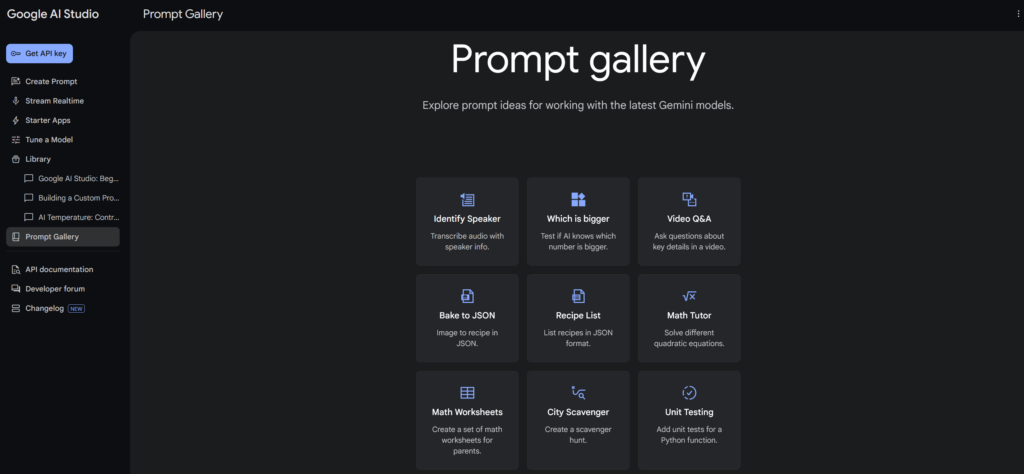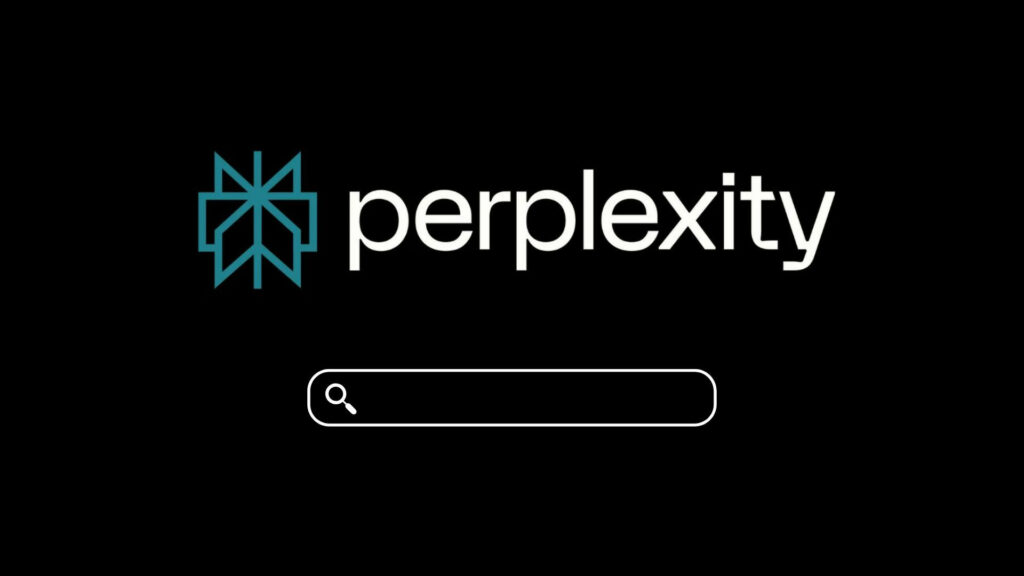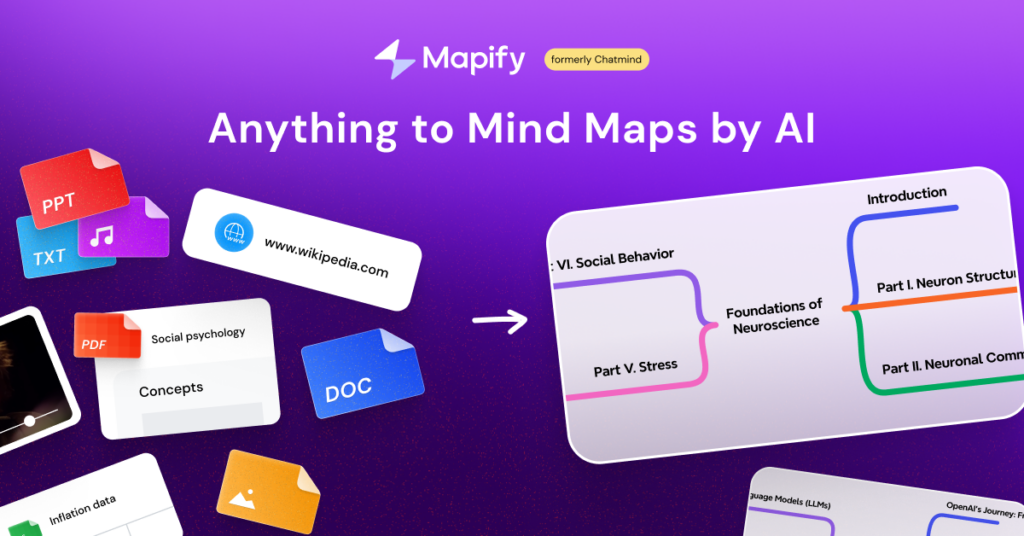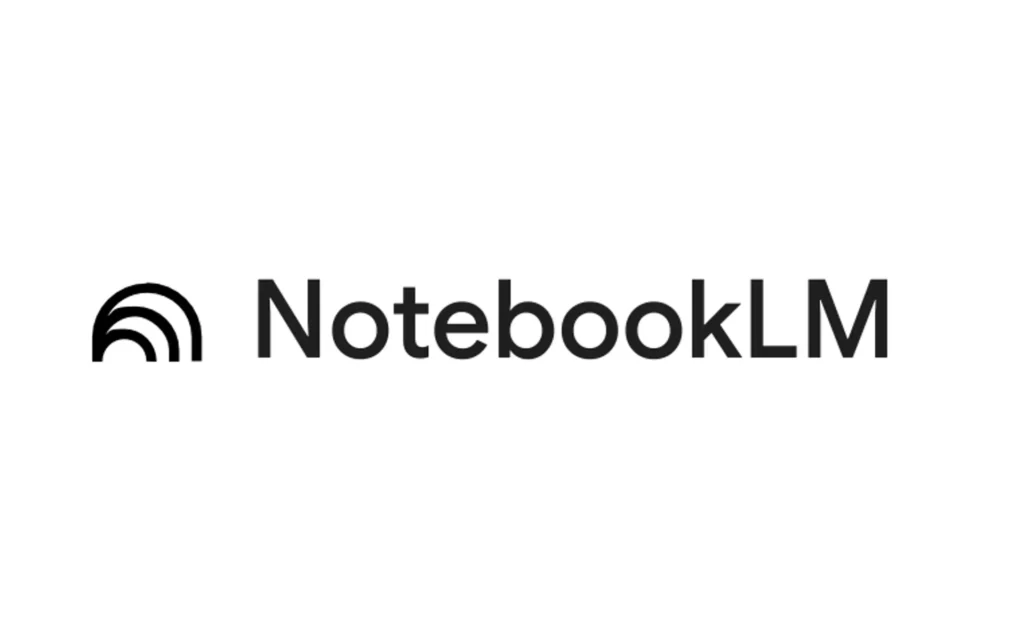Phần 3 – Tự động hóa việc đăng bài AI lên Blog và Mạng xã hội
Phần này tự động hóa việc đăng nội dung do AI tạo ra lên các blog và nền tảng mạng xã hội. Luồng công việc (workflow) bao gồm:
- Lấy nội dung từ Supabase.
- Lặp qua nhiều mục nội dung (xóa nếu bạn chỉ đăng một nội dung).
- Tạo các hình ảnh liên quan bằng trình tạo ảnh AI (Fal.ai).
- Xuất bản lên một blog (WordPress).
- Đăng bài lên nhiều nền tảng mạng xã hội (trang Facebook, X, LinkedIn, v.v.).
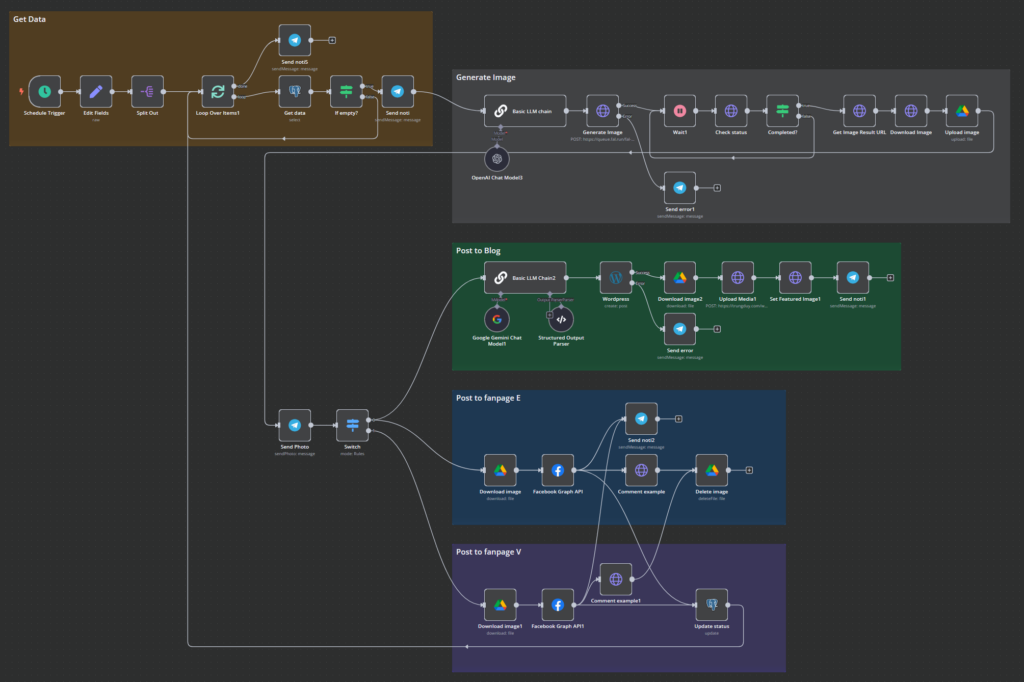
Hướng dẫn triển khai từng bước
1. Lấy nội dung từ Supabase
- Sử dụng node Edit Fields và Split Out nếu bạn xử lý nhiều loại nội dung.
- Thêm một node Loop Over Items để xử lý từng mục nội dung một cách riêng lẻ cho nhiều nội dung.
- Sử dụng node Postgres (Select) để lấy nội dung do AI tạo ra từ Supabase.
- Áp dụng các bộ lọc để chỉ lấy nội dung chưa được xuất bản hoặc nội dung mới.
2. Tạo các hình ảnh liên quan
- Sử dụng Basic LLM Chain để tạo một câu lệnh tạo ảnh (image prompt) dựa trên nội dung.
- Thêm một node HTTP Request (Fal.ai) để tạo các hình ảnh liên quan.
- Triển khai một node Wait để kiểm tra trạng thái tạo ảnh (tùy chọn).
- Lấy URL ảnh đã tạo và tải ảnh về các thư mục Google Drive của bạn (nhớ bật quyền chỉnh sửa).
4. Đăng bài lên Blog (WordPress)
- Sử dụng một node WordPress (Create a Post) để đăng nội dung, tạo slug và chọn các tùy chọn mong muốn của bạn.
- Để tải lên ảnh đại diện (featured image), sử dụng các node HTTP Request để tải xuống từ thư mục Google Drive và tải lên WordPress.
5. Đăng bài lên các trang Facebook
- Sử dụng node Google Drive để tải ảnh xuống.
- Sử dụng Facebook Graph API để đăng nội dung và tải lên hình ảnh từ node trước đó.
- Tùy chọn, thêm các bình luận tự động để tăng tương tác.
- Xóa hình ảnh vì nội dung đã được đăng thành công trên Blog và các Nền tảng xã hội.
6. Ghi log
- Thêm node Telegram (Create a text message) để bắt log/lỗi ở bất kỳ giai đoạn nào (ví dụ: tạo ảnh, đăng blog, đăng bài trên mạng xã hội).
Kết luận
Phần cuối cùng của luồng công việc này đảm bảo rằng nội dung do AI tạo ra được tự động hóa hoàn toàn—từ việc tạo nội dung đến việc xuất bản có cấu trúc trên nhiều nền tảng. Bằng cách tích hợp OpenAI, Gemini, Supabase, Fal.ai, WordPress và các API mạng xã hội, luồng công việc n8n này hợp lý hóa việc phân phối nội dung và nâng cao hiệu quả tự động hóa.

